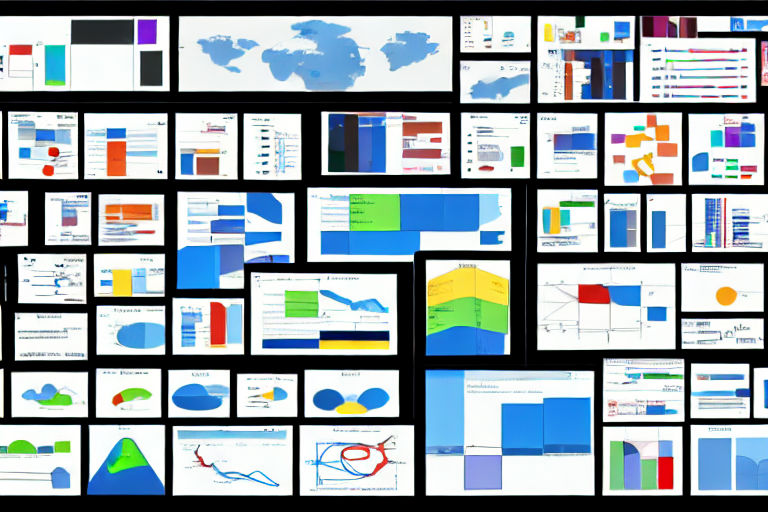The Role of Sacred Geometry in Modern Art: Emerging Trends and Techniques
Artists have always turned to the principles of mathematics and geometry to create balance and harmony in their work. The use of sacred geometry is not a new concept in the world of art, but it is making a comeback in modern art circles.
What is Sacred Geometry?
Sacred geometry is a form of geometry that is steeped in religious, spiritual, and philosophical beliefs. It is the belief that certain shapes and patterns have divine or mystical properties that can be used to enhance spiritual growth, meditation, and healing.
In ancient times, sacred geometry was used to construct temples, tombs, and other important buildings. The most common shapes used in sacred geometry include the circle, triangle, square, pentagon, and hexagon.
The Role of Sacred Geometry in Modern Art
In modern art, the use of sacred geometry is becoming increasingly popular. Artists are using these shapes and patterns to create pieces that not only look beautiful but also have deeper spiritual meaning.
One of the most popular techniques in modern art is the use of the mandala. The mandala is a symbol used in Hinduism and Buddhism that represents the universe. It is often used in meditation practices to aid in focus and help with spiritual growth.
Another popular technique is the use of the Fibonacci sequence. This sequence is a mathematical pattern that appears in nature and is often used to create aesthetically pleasing compositions in art.
Emerging Trends in Sacred Geometry Art
As modern art continues to evolve, we are seeing new trends emerge in the use of sacred geometry. Some of these trends include:
- The use of 3D printing to create intricate geometric sculptures.
- Incorporating technology to create interactive pieces that respond to sound or movement.
- The use of light and shadow to create illusions and depth in geometric compositions.
Conclusion
Artists have always been drawn to the symmetry, balance, and harmony found in sacred geometry. As modern art continues to evolve, we are seeing new and innovative ways that artists are incorporating these principles into their work. Whether it's a 3D printed sculpture or an interactive light installation, the use of sacred geometry in modern art is an exciting trend that shows no signs of slowing down.



